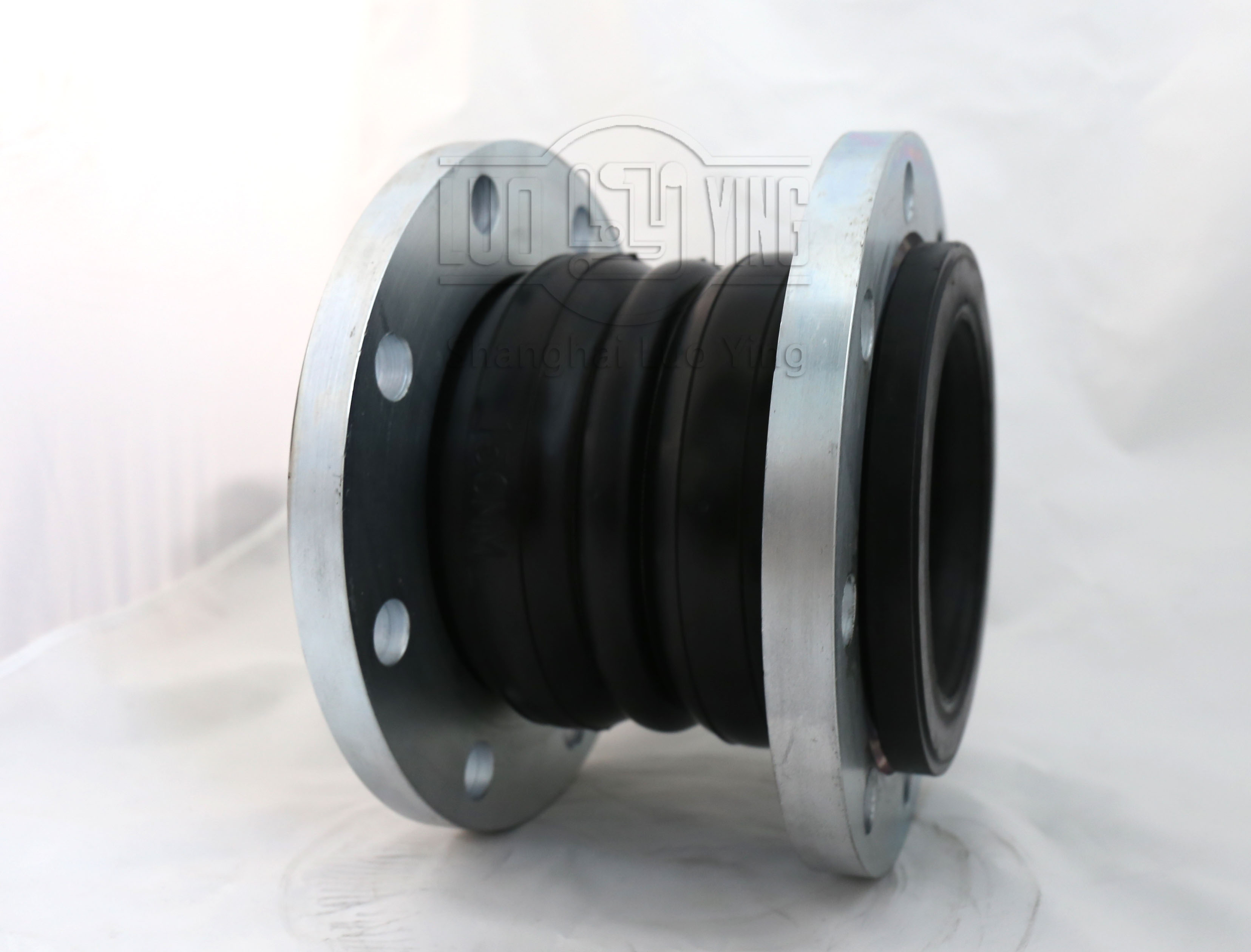Several connection methods of rubber expansion joints
Oct-22-19
Rubber expansion joints are divided into three types according to the installation method: flange type rubber joints, threaded rubber joints and clamp type rubber joints.Installation of threaded connection rubber joints: threaded rubber joints are installed before the two ends of the pipe fittings that need to be connected are leveled on a horizontal surface, and the threaded rubber joint is screwed on one section of the pipe fittings first, and then on the other end of the pipe fittings, always keeping it on a horizontal surface to prevent uneven stresses and tearing of the rubber ball during installation, followed by tightening the screws by hand or wrench, to put the threaded rubber joint and the two ends of the pipe fittings Next, tighten the screws by hand or wrench, and fix the threaded rubber joint and the two ends of the fitting on an object that is not easy to stretch or twist.
Flange connection rubber joint installation: flange rubber soft joint in the installation before the need to connect the two ends of the pipe fittings on the horizontal plane, the installation of the first fixed solid end of the pipe fittings flat, then let the flange on the rubber joint rotate so that the flange hole around the alignment, put in the screws, screw on the nuts, then make the other end of the pipe fittings flange and the flange on the rubber joint horizontal alignment, rotate the flange on the rubber joint, so that the flange mouth relative all around, put in the screws, screw on the nuts, horizontal direction so that the three are closely connected to prevent the seal is not tight.
Installation of clamped rubber joints: The clamped rubber joints use clamps instead of flanges and bolts, and the two orifices of the clamped rubber joints can be installed on the pipe to be connected to the side, and the rubber joints are connected to the pipe by clamps. When the rubber joint is disassembled, the said clamp can be loosened to compensate for the displacement of the pipeline due to thermal expansion and contraction and water transmission.


